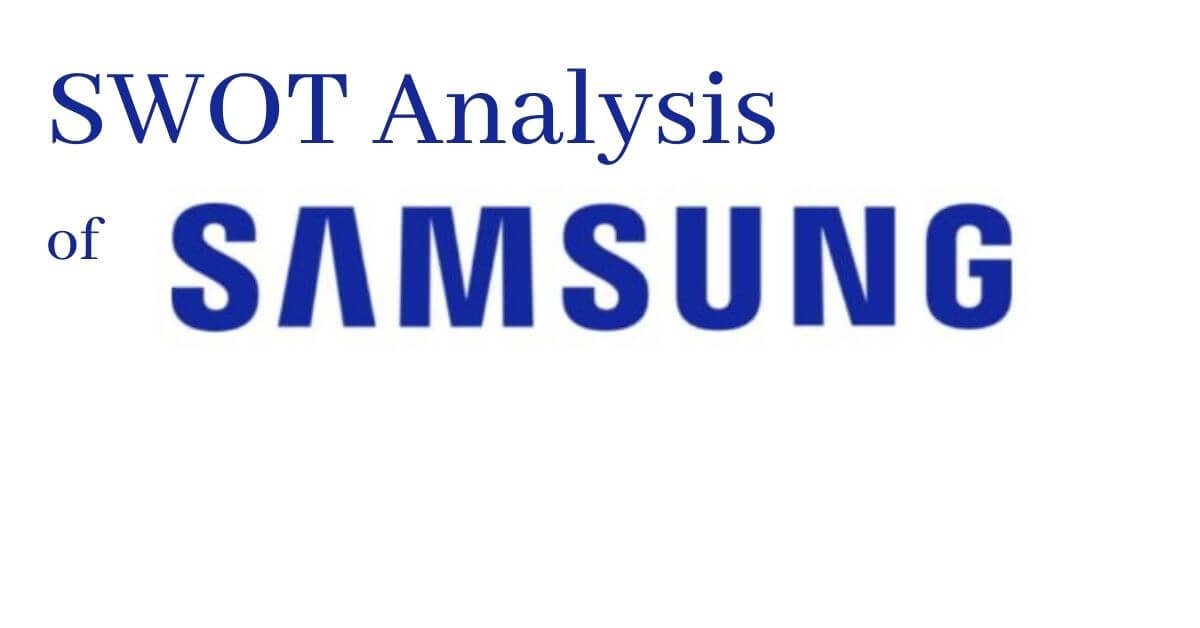JetBlue Airways Corporation is a low-cost American airline and aviation company. The airline brand started its business in 1998. Today, we’ll discuss the SWOT analysis of JetBlue; it outlines strengths and weaknesses; opportunities, and threats that the company has to face; as a business strategy analysis example company.
Products and services portfolio of JetBlue
- Air travel
- In-flight service
- Frequent flyers programs
- Comfortable seating
- In-flight entertainment
Subsidiaries of JetBlue
- Travel Products JetBlue
- JetBlue Ventures
Statistical facts and figures of JetBlue
- Fleet size: 290aircrafts
- Destinations: 114
- Annual revenue: 9.615billion USD (2023)
- Net income: -310 million USD (2023)
- Asset net worth: 13.85billion USD (2023)
Competitors of JetBlue
- AirTran Holdings
- US Airways Group
- Virgin Atlantic
- Continental Airlines
- United Airlines
- Southwest Airlines
- American Airlines
- Delta Airlines
The SWOT analysis of JetBlue would analyze the internal strengths and weaknesses of the company; and external opportunities and threats that the brand has to face. Here’s JetBlue SWOT analysis as a business strategy analysis example company as follows;
Strengths of JetBlue
Some of the main internal strengths in the JetBlue SWOT analysis example company as business strategy analysis are as follows;
Large Network
JetBlue has established a large fleet size of approximately 290 aircraft and provides 114 destination routes in various countries across the globe. The worldwide network of destination routes and large fleet size would help the company to smoothly perform its various operations and serve various segments of customers.
High Customer Satisfaction Level
JetBlue is the leading low-cost airline and the company didn’t let the lower cost impact the quality service of the airline brand and aviation company. In fact, the company has the highest customer satisfaction in the airline industry under the low-cost category.
Efficient Airline
JetBlue is a young airline in aviation. The company has learned from the mistakes of the experienced airlines and employed the latest technology to achieve efficiency in its operations. Integration of multiple factors lets the company achieve technological efficiency.
Service Variety
JetBlue offers a wide range of services in the low-cost air travel flight; TV, radio, and various other in-flight entertainment options to the customers. A great variety of services helped the company to earn the trust and confidence of customers.
Uniqueness
JetBlue has earned a unique brand position in the airline and aviation industry. For instance, JetBlue is one of the few companies that managed to maintain its profitability after the crisis in 2001. While the others faced significant financial setbacks.
Weaknesses of JetBlue
Some of the main internal weaknesses in the JetBlue SWOT analysis example company as business strategy analysis are as follows;
Limited Market Share
JetBlue has a limited market presence in the global market and it restricts the company’s market share. The airline brand is heavily relying on the American and European markets as its main sources of revenue and profitability. Over-reliance on a few markets is not a good business and market strategy.
Increasing Cost
In order to keep up with the customer market trends, JetBlue offers a great variety of services to customers and air travelers. Offering service variety increases the operational cost and negatively impacts the revenue and profitability of the company.
Opportunities for JetBlue
Some of the main available opportunities in the JetBlue SWOT analysis example company as business strategy analysis are as follows;
Market Expansion
JetBlue should expand its airline business market by entering into geographical regions and countries across the world. Increasing the destination routes of the Asian and Middle Eastern markets would help the company earn a significant portion of the customer market.
Portfolio Expansion
Along with market expansion, JetBlue should expand its product and service portfolio by offering premium flight service to the wealthy and rich people. It would help the company to tap into the premium segments of the customer market; it multiplies the company’s earnings to a great extent.
Strategic Alliance
JetBlue should develop strategic alliances, partnerships, and merger projects with other airlines and aviation companies. It would help the company to offer more destination routes to the customers and increase its market network and brand influence.
Threats to JetBlue
Some of the main potential threats in the JetBlue SWOT analysis example company as business strategy analysis are as follows;
Tough Competition
JetBlue is facing tough competition from competitive airline brands like Southwest Airlines, Delta Airlines, and American Airlines. They’ve established a strong market position and loyal database of customers; their market presence negatively impacts the company’s growth rate.
Regulations
JetBlue should comply with the government relations relevant to the customer’s safety and aviation industry standards and requirements. In order to keep up with regulatory requirements and standards, then it increases the operational cost to a great extent. Increment in retail price would jeopardize the company’s low-cost brand image in the airline industry.
Conclusion: JetBlue SWOT Analysis Example Company |SWOT Analysis of JetBlue |Business Strategy Analysis
After an in-depth study of the swot analysis of JetBlue; we have realized that JetBlue is the world’s leading low-cost American airline. If you are learning about JetBlue SWOT analysis example company; then you should keep in mind the abovementioned internal strengths and weaknesses; external opportunities and threats as brand strategy analysis.

Ahsan Ali Shaw is an accomplished Business Writer, Analyst, and Public Speaker. Other than that, he’s a fun loving person.


